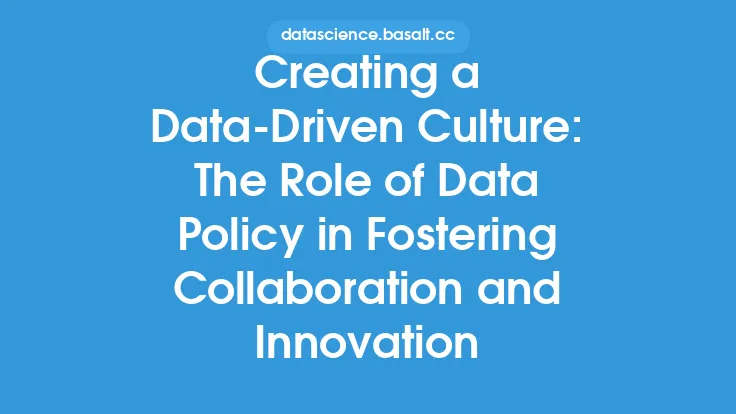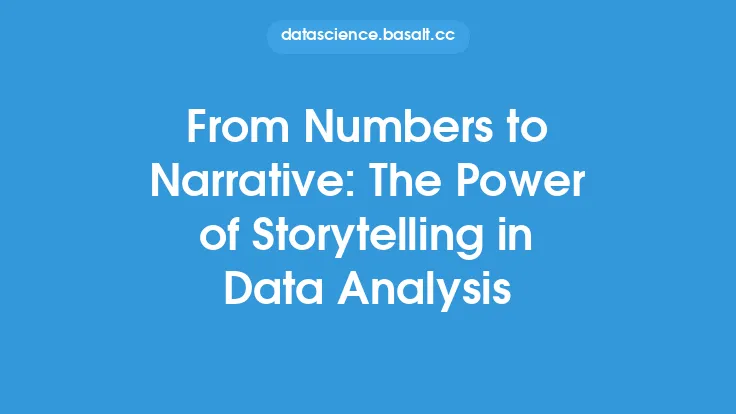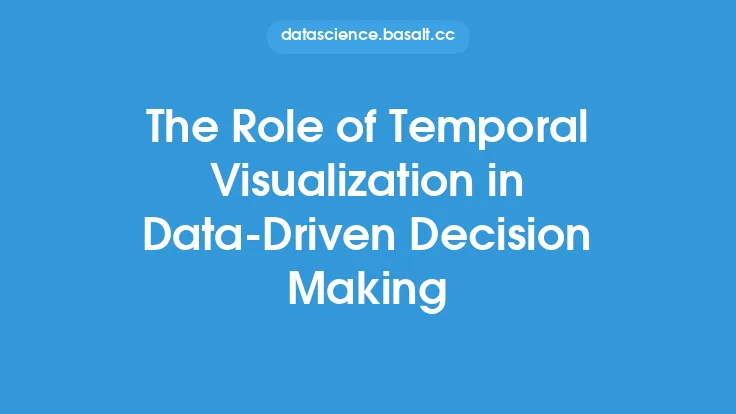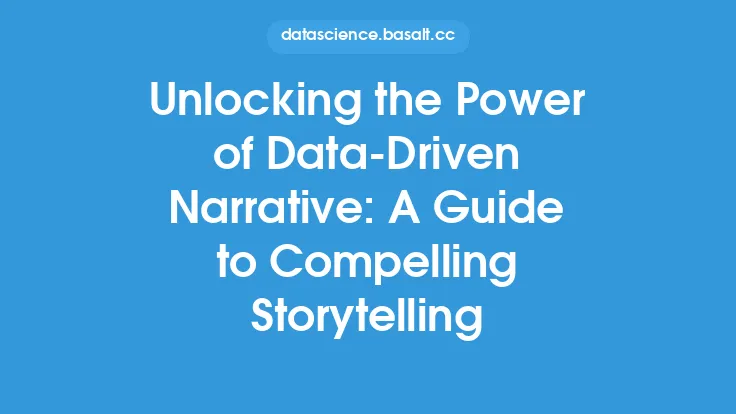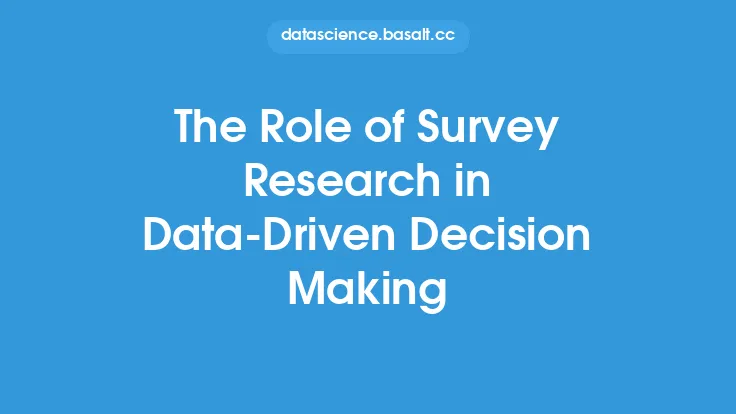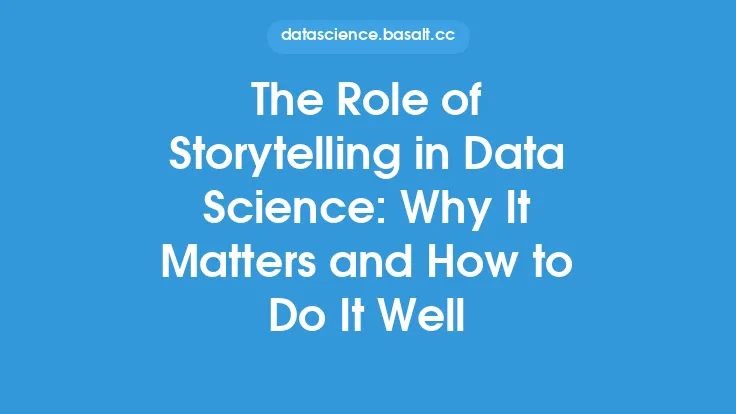When it comes to data-driven narrative, the focus is often on the data itself, with an emphasis on visualization, analysis, and interpretation. However, a crucial aspect of creating a compelling narrative is often overlooked: emotion. Emotion plays a vital role in creating an emotional connection with the audience, making the narrative more relatable, engaging, and memorable. In this article, we will delve into the role of emotion in data-driven narrative and explore techniques for creating an emotional connection with the audience.
Understanding Emotion in Data-Driven Narrative
Emotion is a complex and multifaceted concept that can be difficult to quantify and analyze. However, in the context of data-driven narrative, emotion refers to the emotional resonance of the story, including the feelings, attitudes, and values that it evokes. Emotion can be conveyed through various elements, such as the tone, language, and imagery used in the narrative. When done effectively, emotion can create a deep connection with the audience, making the narrative more impactful and persuasive.
The Psychology of Emotional Connection
To create an emotional connection with the audience, it's essential to understand the psychology behind emotional engagement. Research has shown that emotions play a significant role in decision-making, with emotions often influencing our choices more than rational thinking. When we experience an emotional connection with a narrative, it activates the brain's reward system, releasing dopamine and creating a sense of pleasure and engagement. This emotional connection can be achieved by using storytelling techniques that tap into the audience's values, beliefs, and experiences.
Techniques for Creating an Emotional Connection
So, how can you create an emotional connection with your audience in a data-driven narrative? Here are some techniques to consider:
- Use storytelling principles: Storytelling is a powerful way to create an emotional connection with the audience. Use narrative structures, such as the hero's journey or the problem-solution format, to create a compelling story that resonates with the audience.
- Show, don't tell: Rather than simply presenting data, use visualization and imagery to show the audience the story behind the data. This can help create a more emotional connection with the audience.
- Use emotional language: Use language that evokes emotions, such as words that convey excitement, sadness, or urgency. This can help create a more emotional connection with the audience.
- Make it personal: Use personal anecdotes or case studies to make the narrative more relatable and engaging. This can help create a more emotional connection with the audience.
- Use music and sound: Music and sound can be powerful tools for creating an emotional connection with the audience. Use music and sound effects to enhance the narrative and create a more immersive experience.
The Role of Data Visualization in Emotional Connection
Data visualization plays a critical role in creating an emotional connection with the audience. Effective data visualization can help to convey complex data insights in a clear and concise manner, making it easier for the audience to understand and engage with the narrative. When creating data visualizations, consider the following techniques to create an emotional connection:
- Use color effectively: Color can be a powerful tool for creating an emotional connection with the audience. Use colors that evoke emotions, such as red for urgency or green for growth.
- Use imagery and icons: Use imagery and icons to create a more visual and engaging narrative. This can help to convey complex data insights in a more intuitive and accessible way.
- Create interactive visualizations: Interactive visualizations can help to create a more immersive and engaging experience for the audience. Use tools like Tableau or Power BI to create interactive dashboards and visualizations.
Measuring Emotional Connection
Measuring emotional connection can be challenging, as it's a subjective and qualitative aspect of the narrative. However, there are several metrics that can be used to measure emotional connection, including:
- Engagement metrics: Metrics such as time on page, bounce rate, and social shares can provide insight into how engaging the narrative is.
- Survey and feedback: Surveys and feedback can provide valuable insight into how the audience is responding to the narrative on an emotional level.
- Neuroscientific metrics: Neuroscientific metrics, such as EEG and fMRI, can provide insight into how the brain is responding to the narrative on an emotional level.
Best Practices for Creating an Emotional Connection
To create an emotional connection with the audience, consider the following best practices:
- Know your audience: Understand the values, beliefs, and experiences of your audience to create a narrative that resonates with them.
- Be authentic: Be authentic and transparent in your narrative to create trust and credibility with the audience.
- Use storytelling techniques: Use storytelling techniques, such as narrative structures and emotional language, to create a compelling and engaging narrative.
- Test and refine: Test and refine your narrative to ensure that it's creating an emotional connection with the audience.
Conclusion
Creating an emotional connection with the audience is a critical aspect of data-driven narrative. By understanding the psychology of emotional connection and using techniques such as storytelling, data visualization, and emotional language, you can create a narrative that resonates with the audience on a deeper level. Remember to measure emotional connection using metrics such as engagement, survey and feedback, and neuroscientific metrics, and follow best practices such as knowing your audience, being authentic, and testing and refining your narrative. By doing so, you can create a data-driven narrative that's not only informative but also engaging, memorable, and impactful.
